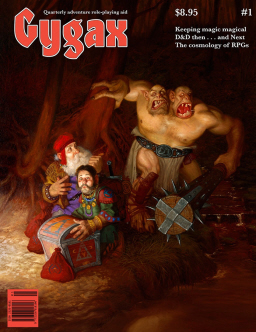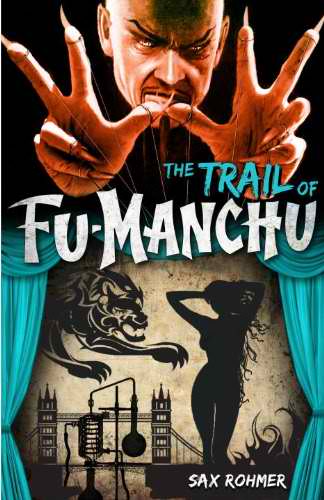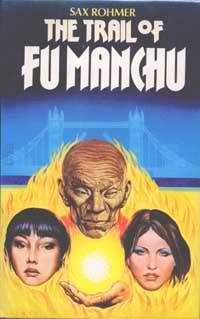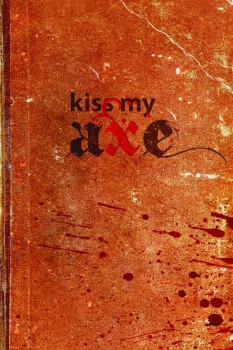Black Gate Online Fiction: “Disciple” by Emily Mah
 It’s tough to run a tavern — and customers carelessly tempting fate by using magic don’t make it any easier.
It’s tough to run a tavern — and customers carelessly tempting fate by using magic don’t make it any easier.
The woman was stunning. Long blonde hair that fell in ringlet curls framed a round face with high cheekbones and porcelain skin. The men in the room no doubt also noticed that her dress clung tightly to her generously proportioned curves. Dina, however, set her tray aside and grabbed the broom from the corner.
“Out!” she said, jabbing it at the woman.
The woman jumped sideways with a squeal of rage.
“I mean it,” said Dina. “That’s a glamour you’re wearing, and I don’t allow magic in my tavern.”
The woman pouted, her rosy red lips puckering just so. Behind her, Dina could hear the scrape of chairs against the stone floor as several of her patrons got to their feet.
“I mean it!” Dina shouted. “I run an honest business.”
Emily Mah’s first story for us was “The River People” in Black Gate 15. She tells us she “writes science fiction and fantasy as Emily Mah and chick lit and romance as the indie writer, E.M. Tippetts.” She also does audio interviews for Black Gate and designs book tie-in jewelry for her label, Emily Mah Jewelry Designs. She lives in London with her family.
The complete catalog of Black Gate Online Fiction, including stories by David C. Smith and Joe Bonadonna, Aaron Bradford Starr, Mark Rigney, C.S.E. Cooney, Vaughn Heppner, E.E. Knight, Jason E. Thummel, Judith Berman, Howard Andrew Jones, Dave Gross, Harry Connolly, and others, is here.
“Disciple” is a complete 6,000-word short story of adventure fantasy. It is offered at no cost.
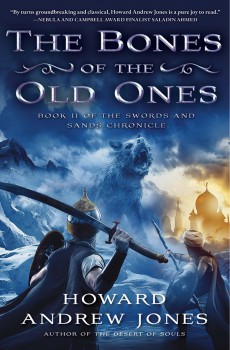 Howard Andrew Jones held on to the top spot this month, with the excerpt from his second novel, The Bones of the Old Ones. Giving him a run for his money were new stories by C.S.E. Cooney, Vaughn Heppner, and Gregory Bierly, and a reprint from Joe Bonadonna.
Howard Andrew Jones held on to the top spot this month, with the excerpt from his second novel, The Bones of the Old Ones. Giving him a run for his money were new stories by C.S.E. Cooney, Vaughn Heppner, and Gregory Bierly, and a reprint from Joe Bonadonna.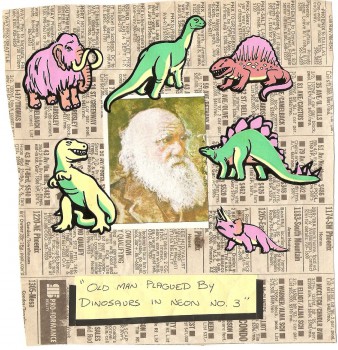

 Writing about fantasy fiction seems sooner or later to involve writing about myth. The two aren’t the same, but have a connection difficult to articulate. Similarities and contrasts both feel obvious and yet are hard to nail down. Perhaps it’s fair to say both fantasy and myth challenge consensus reality. But that they differ in the relation they have to truth, or to what is to be taken as truth.
Writing about fantasy fiction seems sooner or later to involve writing about myth. The two aren’t the same, but have a connection difficult to articulate. Similarities and contrasts both feel obvious and yet are hard to nail down. Perhaps it’s fair to say both fantasy and myth challenge consensus reality. But that they differ in the relation they have to truth, or to what is to be taken as truth.